It’s November 19! In dories and boats, the Garinagu bring coconut, plantain, cassava, and the drums of their ancestors to Dangriga’s shores, as the crowds—Belizeans and visitors alike—cheer and celebrate in the streets. This is Yurumein: the reenactment of the Garifuna journey to Belize. It is Garifuna Settlement Day, a public and bank holiday in Belize since 1943. It’s a celebration of culture, resilience, and vision.
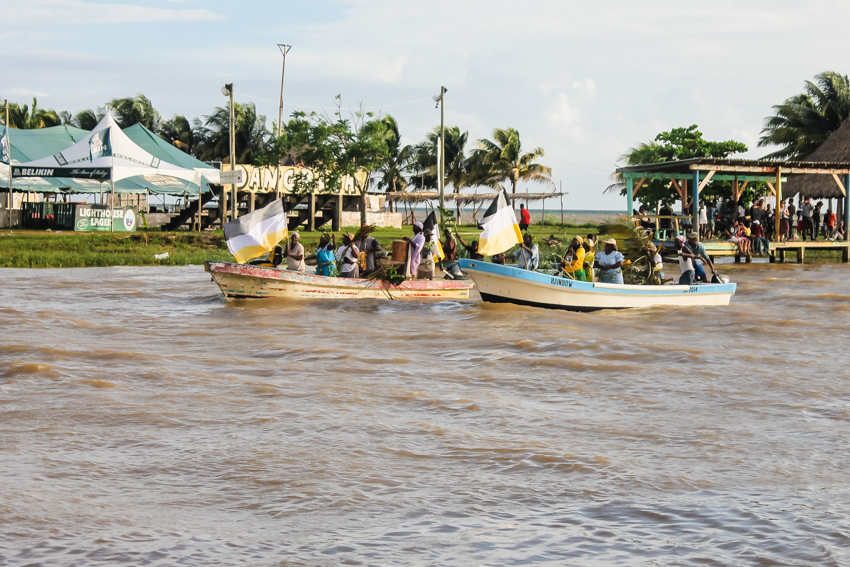
Who are the Garifuna people?
Yurumein or “St. Vincent” is an island in the Lesser Antilles of the Caribbean and it is the homeland of the Garinagu. It is where West Africans found refuge from enslavement during two shipwrecks. There they met the Arawaks and Caribs who were also living on St. Vincent. Over time, the cultural and biological inter-relations among the Africans, Arawaks, and Caribs contributed to the Garifuna1 people as a distinct cultural group.
The Garinagu lived on St. Vincent, alongside French settlers, until the British tried to colonize the island in 1763. Despite their best defence, the Garinagu were forced to surrender in 1796. The British subjugated and expelled them, transporting a large number of Garinagu to the inhospitable island of Balliceaux, and later to Roatán. Many Garinagu died during this period, while those who survived travelled to mainland Honduras, Guatemala, and Belize.
By the early 1800s, the Garinagu established coastal communities in the southern districts of the Bay of Honduras, now Belize. The abolition of the slave trade in 1808, coupled with emancipation in 1838, had triggered a shortage of workers. The Garinagu were allowed to settle as it would increase the number of labourers in the logging industry. Predominant Garinagua communities in Belize today are Barranco, Georgetown, Seine Bight, Hopkins, Dangriga, Punta Gorda, and Libertad. Most of these communities traditionally relied on subsistence fishing and farming but have since engaged in other industries.
Many Garinagu have also trained as educators. And from the 1870s through the 1970s, they travelled the length and breadth of Belize to teach in rural primary schools. Their contribution to education and cultural heritage is widely acknowledged in Belize.
What is the music and dance of the Garifuna people?
Brightly coloured head scarfs, dresses and dashikis embodied by proud Garifuna men, women and children dance to the rhythm of the drums. There are a variety of Garifuna music including the Chumba, Chárikanári, Hüngühüngü, Paranda, Punta and Wánaragua. Each of these music and dance has a specific place and function. The songs are embedded with the values, morals, history and identity of the Garifuna.
The Paranda, Punta and Wánaragua are very popular in Belize. Punta is a fast-paced rhythm where dancers seek to outdo each other. An offshoot of this genre is Punta Rock which Pen Cayetano, leader of the Turtle Shell Band, brought on the national scene. This fostered a new level of exchange and appreciation of culture around the time of Belize’s independence in the 1980s.
Paranda is a music genre that express concerns about the present, addresses social issues and offers hope for the future. The Wátina album by the late Andy Palacio and the Garifuna Collective has received many prestigious awards.
The Wánaragua is a favourite to showcase Garifuna culture. It is traditionally performed during Christmas. The dancers wear white masks and an intricate headdress and costume. This is the only music and dance where it is the dancer, who through his elaborate footwork, dictates how the drummer plays the rhythm.
Today, there are many local and national Wanaragua competitions to help continue the tradition. For instance, there is the Battle of the Drums Competition which takes place annually on the Saturday preceding November 19.
What is the food of the Garifuna People?
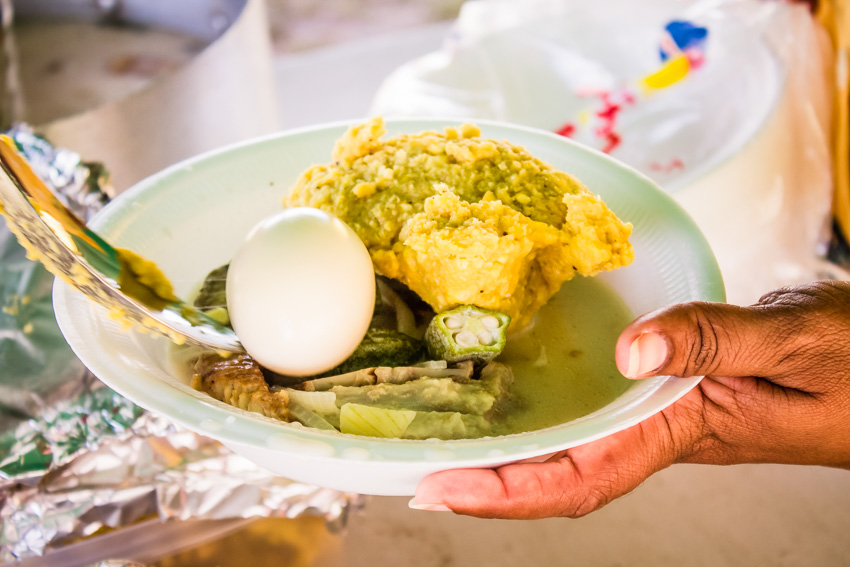
The food of the Garinagu mainly features local crops like plantain, banana, cassava, yam as well as a variety of seafood. One of the main Garinagu dishes is the hudut. This is a coconut-based fish soup that is served with plantains mashed in a traditional mortar. There is also a variety of other meals which include coconut milk like bundiga and tapóu. There is also the ereba which is the cassava bread.
The implements used in the preparation of food are an integral part of Garifuna traditional knowledge. This includes the ruguma (a woven instrument used to extract fluids from the cassava), the híbise (woven sifter used for cassava bread making), and the egi (stone-chip graters).
What are the beliefs and values of the Garifuna people?
Two sacred rituals of the Garinagu are the Beluria, a celebration held nine nights after a person’s death, and the Dügü, a private family reunion to celebrate and connect with the spirits of ancestors. Garinagu rituals bring reconciliation and healing in the family, including the ancestors. The bond among extended families is strong, as is the respect granted to elders.
It has been said that worldview of the Garinagu is centred on respect and honour “I for you, you for me” which happens to be the theme for this year’s 2021 Garifuna Settlement Day.
Why is it important to know the history of the Garifuna people?
In 2001, UNESCO proclaimed the Garifuna language, music, and dance as a Masterpiece of the Oral and Intangible Heritage of Humanity. Celebrating the Garifuna culture in Belize ensures that future generations remain proud of their identity and history, and proud of their ancestors.
Learn more about the Garifuna people of Belize from our article “Thomas Vincent Ramos and Garifuna Settlement Day” by Phylicia Pelayo.
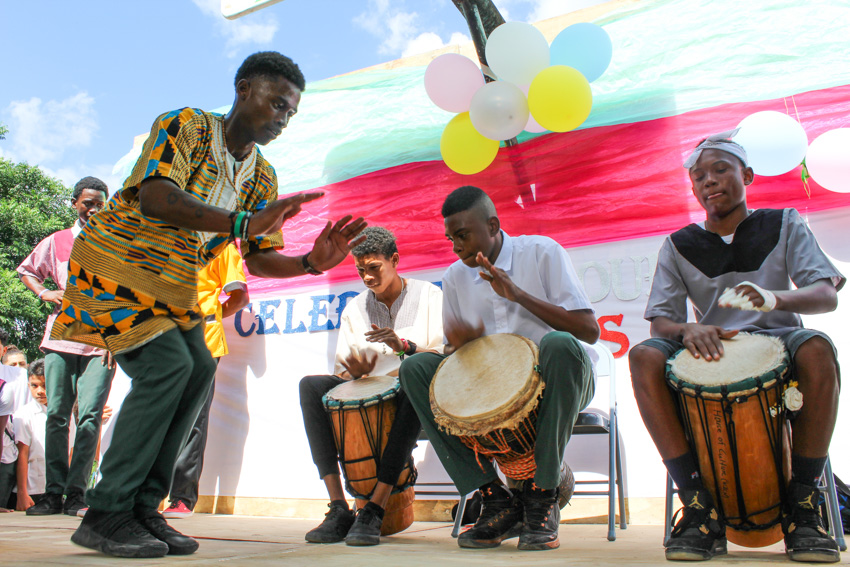
How to cite: Cocom, Rolando (2021). Who are the Garifuna People of Belize? Belize Living Heritage, ISCR NICH. Retrieved from: https://belizelivingheritage.orgwho-are-the-garifuna-people-of-belize/
About the Author: Rolando Cocom is a Senior Research and Education Officer at the Institute for Social and Cultural Research of the National Institute of Culture and History (ISCR NICH).
Endnote:
1 Garinagu is the plural of Garifuna, used to refer to the people. Garifuna is commonly used as an adjective in scholarly literature, e.g. Garifuna music. However, it is also used as a synonym of Garinagu in Belize.
References:
Cayetano, Roy E. (Ed.). (2005). The People’s Garifuna Dictionary. The National Garifuna Council.
Cayetano, Sebastian and Cayetano, Fabian. (1997). Garifuna history, language & Culture of Belize, Central America, & the Caribbean.
Lucia Ellis. (2010). NUMASA: Dimensions and Boundaries of Garifunduáü. African Advancement Association of Belize.
Martinez, Emily. (2018). Personal interview. Belmopan.
Palacio, J. O., Tuttle, C. J., & Lumb, J. (2011). Garifuna continuity in land: Barranco settlement and land use 1862 to 2000. Producciones de la Hamaca.
Palacio. J. O. (2009). The Garifuna a nation across borders: Essays in social anthropology. Cubola: Belize.
Photographs are from the Institute for Social and Cultural Research of the National Institute of Culture and History. © ISCR NICH
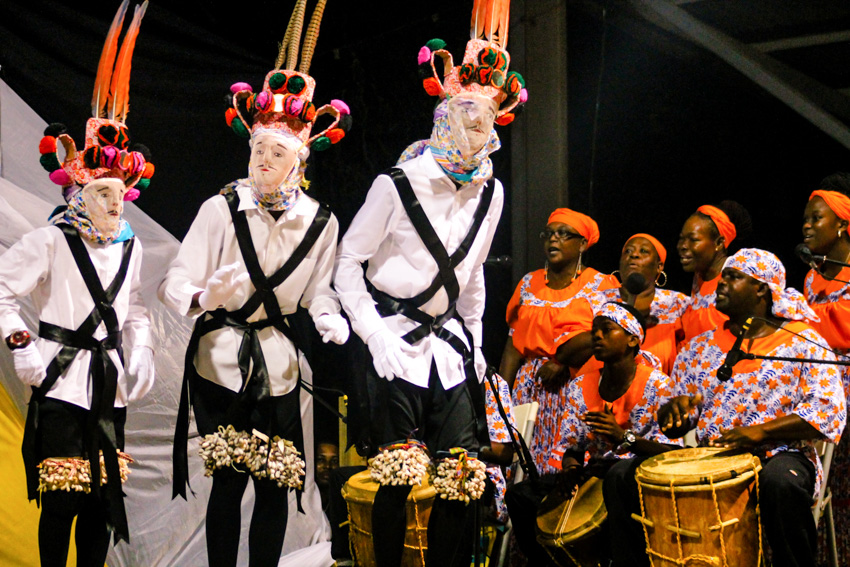

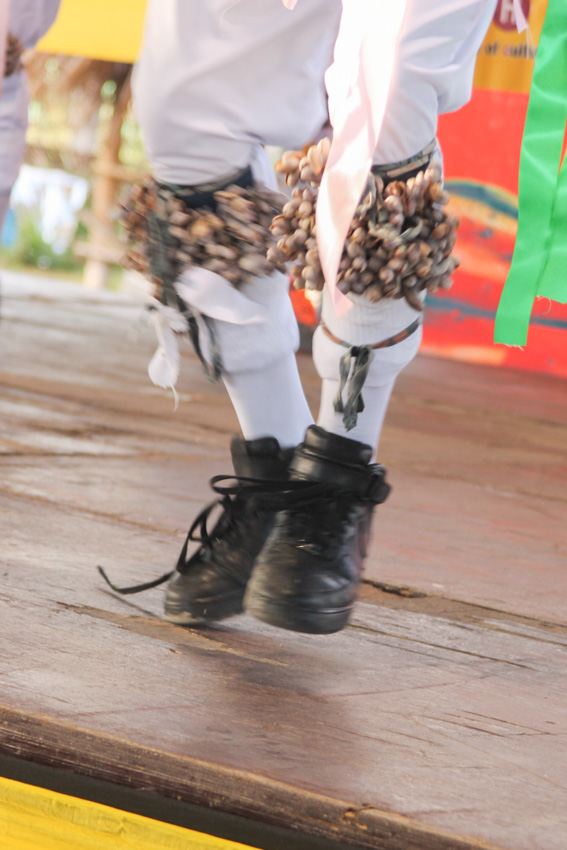

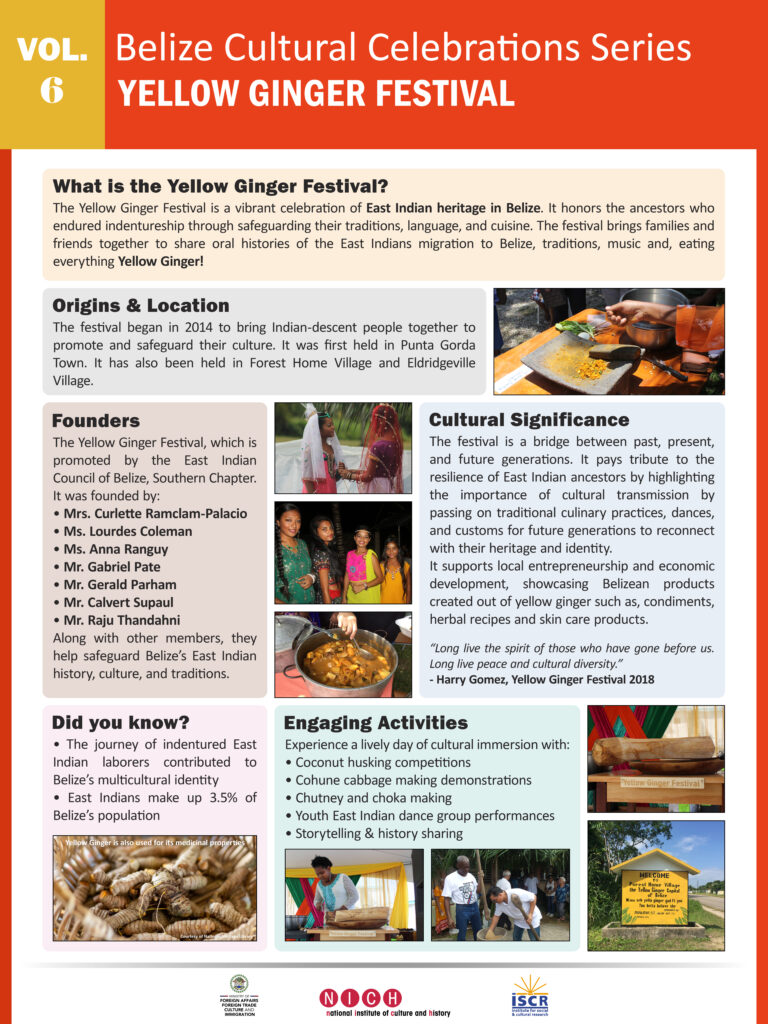
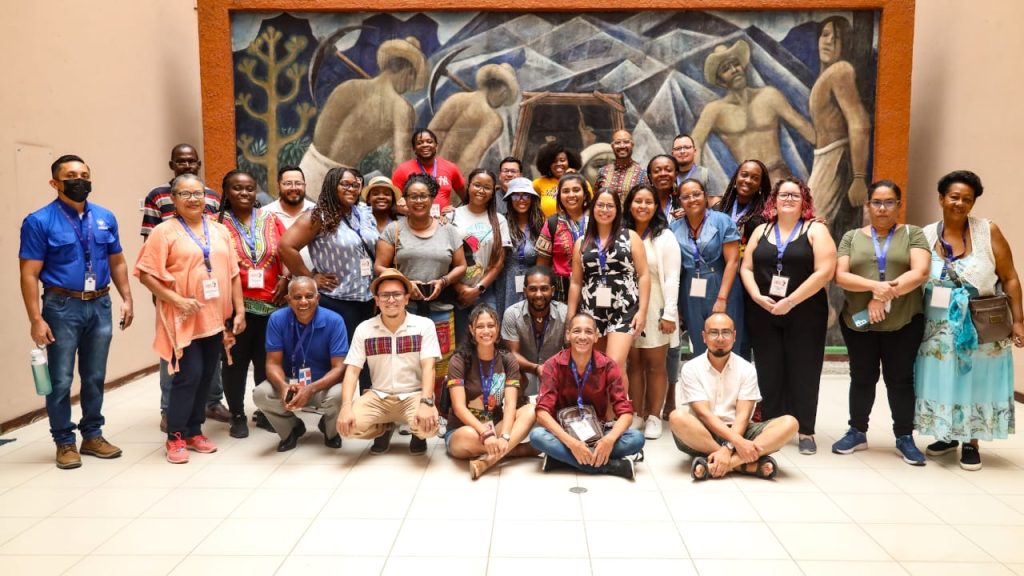
Recent Comments